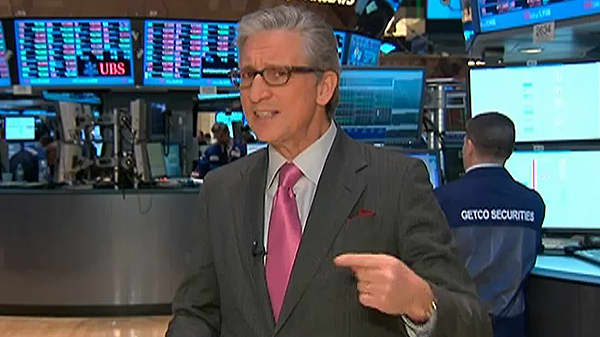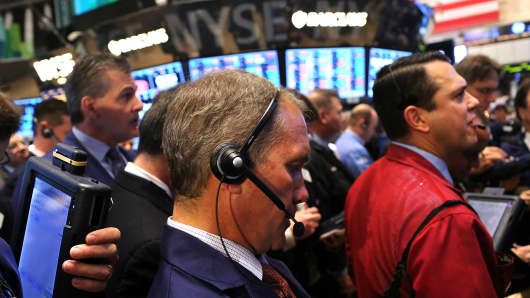But 2013 is shaping up as anything but a typical year, and market bulls depending on this trend do so in the face of a slew of obstacles against such dramatic moves higher.
"We've got a lot of excessive bullish sentiment," said Jeff Hirsch, editor in chief at the Stock Trader's Almanac, an industry bible regarding prevailing historical trends. "We are running into the typical seasonal behavior, with November, December and January up and the best six months doing well. My feeling is we have another 5 percent or so on the upside and then we will start to weaken."
Hirsch believes both technical factors - the obstacles of new highs that have been hard to break - as well as the fundamentals of a weak U.S. and global economy could limit market gains.The S&P 500 already has jumped 5.3 percent in January, and when that has happened, good things usually follow.
In the 11 previous instances, gains have ranged from the 45 percent rampage in 1954 to a 2.03 percent rise during 1987, when a roaring market got wiped out by Black Monday on Oct. 29. The average increase has been 24.3 percent. (Read More: Does Strong January Signal Up, Up and Away?)
However, that's a pretty small statistical base over a 62-year period, so it has an inherent level of unreliability.
Plus, most of those rallies - eight in all - took place when the U.S. economy grew at at least a 2.3 percent rate, with six of the those years featuring at least 3.2 percent growth rates and the median for the 11 years at 2.75 percent.
Most economists expect growth this year to be 2 percent or worse this year, and the fourth quarter of 2012 actually showed a surprise contraction in gross domestic product of 0.1 percent. (Read More: Why This Is 'Best-Looking' GDP Drop You'll Ever See)
Consequently, the U.S. stock market could have a hard time eclipsing its current levels, let alone make a run at a catapult of the S&P 500 toward the 1,700 range.
Capital Economics said pressures from inside the U.S. corporate and political structures as well as weakness from Europe will cause the market to be little changed from current levels by the end of the year.
"One of the reasons we doubt the US stock market will rise by more than we forecast in the first half of this year is that we think the profit cycle may have turned," the firm said in a look-ahead analysis. "Investors' worst fears may have eased by the second half of this year. But concerns about the sustainability of US fiscal policy are unlikely to disappear so long as Congress remains divided. And even if they subside temporarily, they may simply be replaced by fresh worries about growing tensions in the euro-zone."





